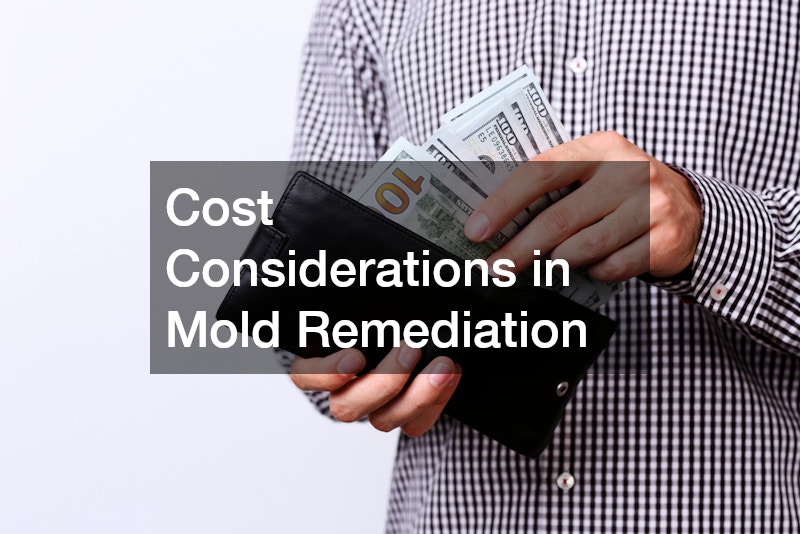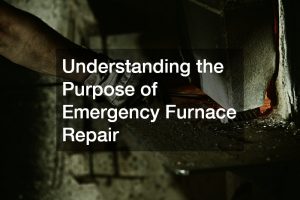
4 Tips For the Best Mold Remediations
Mold remediation is a crucial process for maintaining healthy indoor environments and preventing structural damage. Many people underestimate the importance of professional mold remediation until they face significant mold issues in their homes or businesses. This article provides four essential tips for achieving the best mold remediations, including understanding the process, choosing the right company, preventing recurrence, and considering the costs involved.
Understanding the Mold Remediation Process
The mold remediation process typically begins with a thorough inspection to assess the extent of the mold issue and identify the sources of moisture. This initial phase is critical because it helps determine the appropriate course of action for effective remediation.
Once the assessment is complete, the affected area is contained to prevent mold spores from spreading to other parts of the property.
The next step involves active mold removal using specialized equipment and cleaning agents designed to eliminate mold without causing further contamination. This phase often requires the expertise of trained professionals to ensure thorough and safe removal. After the mold has been removed, the final stage involves drying and dehumidifying the area to eradicate any remaining moisture, preventing mold from reoccurring.
Addressing any underlying causes of mold, such as leaks or humidity issues, is essential to ensure long-term success. Different mold types require specific treatment approaches, and professionals are equipped to handle a variety of scenarios. Regular follow-up inspections are advised to monitor the situation and ensure that mold does not return.
Identifying the Right Mold Remediation Company
When selecting a mold remediation company, it is crucial to seek out those with proper certifications and experience in the field. Reputable companies typically hold certifications from organizations like the Institute of Inspection, Cleaning and Restoration Certification (IICRC), which ensures adherence to industry standards. Experience also plays a vital role, as seasoned professionals are better equipped to handle complex mold issues.
Another important consideration is the company’s approach to customer service and communication, as these aspects greatly affect the overall remediation experience. Companies that provide clear communication and detailed explanations help clients understand the process and set realistic expectations. A professional mold remediation company should also offer comprehensive assessments and detailed reports on their findings and recommended actions.
Evaluating past customer reviews and testimonials can provide valuable insights into a company’s reputation and reliability. Positive feedback from previous clients often indicates a high level of satisfaction and successful remediation. It is important to ask for references and check for any red flags such as unresolved complaints or lack of transparency.
Preventing Mold Recurrence
Following mold remediation, preventing recurrence is crucial in maintaining a safe and healthy environment. One effective strategy is to control indoor humidity levels, ideally keeping them below 60%, to inhibit mold growth. Installing dehumidifiers and regularly checking for leaks can help manage moisture levels in vulnerable areas.
Regular inspection and maintenance of plumbing, roofing, and ventilation systems can also prevent future mold problems. Fixing leaks promptly and ensuring proper ventilation in areas such as bathrooms and kitchens reduces the conditions that promote mold growth. It is also advisable to clean and dry any water-damaged areas within 24 to 48 hours to prevent mold from developing.
Using mold-resistant products and materials during construction or renovation projects can provide additional protection against mold. Such materials include mold-resistant drywall and paints, which are designed to deter mold growth. Consistent monitoring and preventive measures are key to maintaining a mold-free space post-remediation.
Cost Considerations in Mold Remediation

The cost of mold remediation can vary widely depending on factors such as the extent of the infestation, the size of the area affected, and the complexity of the problem. Estimates generally range from a few hundred to several thousand dollars, with larger projects requiring more resources and specialized equipment. One must also consider potential additional costs for repairs and preventive measures post-remediation.
To ensure comprehensive coverage, it is important to create a budget that allows for both remediation and preventive measures. It is advisable to obtain multiple quotes from different companies to compare services and costs effectively. Detailed quotes should include all aspects of the work, ensuring transparency and avoiding unexpected expenses.
Some homeowners insurance policies may cover mold remediation costs under specific circumstances, such as when the mold is due to a covered peril like a burst pipe. Reviewing insurance policies and consulting with providers can help determine if coverage is available. In any case, cost should be balanced with the need for thorough and effective remediation to prevent future issues.
Effective mold remediation is essential for protecting property and health, ensuring safe and healthy living and working environments. Mold issues can be resolved efficiently by understanding the remediation process, choosing a reputable company, implementing preventive measures, and managing costs prudently. These steps not only address current mold problems but also prevent future occurrences, creating a sustainable mold-free environment.

